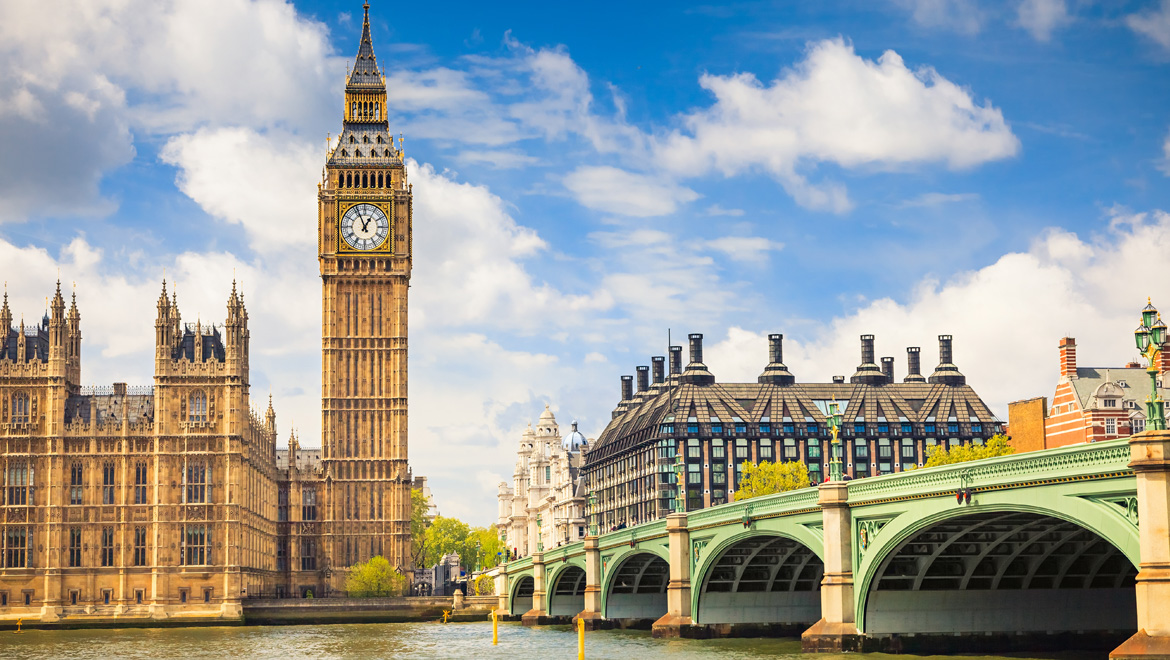PRESS AND NEWS CENTER
HDR is a Powerful Tool for Content Creation

In the quest to create, distribute, and optimize content for more immersive experiences, creatives, distributors, broadcasters, network providers and consumers, advanced video technologies like high dynamic range (HDR) are poised to have a transformative impact on the way stories are being told today and in the future.
The HDR market is estimated to grow from $1.82 billion in 2015 to $36.82 billion by 2022 –reflecting a compound annual growth rate (CAGR) of 37 between 2016 and 2022, according to a recent Markets and Markets report.
 With the growing demand for large screen displays with greater resolution, HDR is poised to be the next big thing in media and entertainment -- providing deeper and more accurate colors, and giving a more lifelike appearance to lighting effects.
With the growing demand for large screen displays with greater resolution, HDR is poised to be the next big thing in media and entertainment -- providing deeper and more accurate colors, and giving a more lifelike appearance to lighting effects.
To gain a deeper understanding of HDR’s impact, The Future Trust caught up with Gary Mandle, Senior Product Manager, Professional Solutions America, for Sony Electronics. Mandle currently is working on the development of displays used for video production and post production applications.
TFT: We want to put HDR into a context. From your perspective – particularly if we look at the content-creation community -- what is it about HDR that the creative community segment of our audience needs to understand in how it affects workflows?
GM: I think they need to understand that HDR is a pretty big tool to have in your box of things you use to make your show that is really going to differentiate it from what everybody has seen before. When you’re authoring in HDR, you’re able to get much more information to your viewer. If you want to accentuate part if an image – part of the story – it’s another tool you can use to pull interest in the directions you want to use it. It brings to life a lot of things. We have been used to working in the standard contrast over the last 30-odd years and when you compare that to an HDR image, the difference is striking in the amount of detail, the amount of picture information, the viewer can get.
TFT: Do you have examples of some of the work you’ve been doing and how it affects the content?
GM: I don’t author any content – what I see is from what people do. One thing in particular that is really exciting for me is just looking at a campfire we did in a demo tape. If you looked at it in standard dynamic range, it would like fire – what everyone else is used to. But in HDR, you can add a depth and people have actually confused it with 3D – it just conveys so much more realism than what we’re used to. I’ve seen it also in views from the sky and particularly in dark views, where it would be just a flat field. In HDR you can actually see things. For example, if you were doing a horror movie and something was creeping out of the shadows, you could make more use of detail with HDR.
TFT: How does it affect the workflows that are currently used in content creation?
GM: You need to reexamine how you do things. HDR is still in its infancy. …One of the things that I’ve seen is you have to be careful on where you apply the standard [of] HDR gammas, into the workflow. One of the things I’ve seen lately is sensors being the inverse of the gammas in the display. As we go into HDR, that doesn’t really seem to apply anymore. When you’re trying to acquire HDR, you have a gamma that is optimized for the camera sensor. Then you have these standard gammas for the monitor. What I’ve seen is that depending on where you make the transition to the standard gamma, you can lose information… You may want to author in post everything in the gamma image sector then at the end of the project, convert that either to P2 or HLG and go that way just to confirm that you’ve got everything.
TFT: From a process perspective, how does this change the way people approach a shoot or a capture?
GM: In the capture on the camera side, your lighting is going to be more critical, but you also have more variety in what you can do. … You need to be careful … Remember what you’re trying to do. You want to bring attention to a point of interest to the image; you don’t want to blast out a picture that doesn’t get you anything. You want to use that technology to build that point of interest, instead of making the big, pretty picture sort of thing.
TFT: You mentioned earlier that this is a great opportunity for artists to create differentiated work. But how quickly is HDR being embraced by the creative community and at what point do you think this will be a creative, competitive requirement in that space?
GM: It’s going really fast. I think what is accelerating the pace is that the cameras are out there, so you can already do it….The workflow really doesn’t change that much… That makes it very easy to adopt. It’s not like when we went into 3D and we were dealing with two channels. You’re really just dealing with the same thing – you’re not limiting it as you used to.
TFT: How much of a challenge does the creative community face as it wrestles with knowing when to apply HDR technology and when to leave it alone?
GM: I don’t think you’re going to author something in SDR then have an HDR part of it. I think the entire show would be HDR. But you would only extend to those regions when it applied to the story. You can look at SDR and HDR images that people are authoring and they really do match – up to the point of where the artist wanted to create a highlight or a lowlight. Then you start seeing the differences. But as far as brightness levels in the picture, people seem to be staying within what they are comfortable with and are used to doing. For the most part, your image will probably look the same up to the point where you want to apply this. But your entire show would be an HDR show.
TFT: How has this affected the way you go to market with your professional solutions marketplace and the kinds of conversations you have with your customers?
GM: The biggest thing is that most of the customers are coming to us and saying ‘I want to work in HDR’. On the artistic side of things, it has really become a major interest to them, because the actual cost of working in HDR is not that much more than what you are doing currently. All the tools are in place so they can do everything the way they’ve done it before, it just gives them something extra to work with. We are seeing an incredible amount of interest. We can’t build our monitors for HDR fast enough. Technicolor has been a great customer of ours in using the BVMX. Anybody who is even thinking about using HDR has gotten one of these things and is working with it. I think it has also helped on the camera side…
TFT: Are there any particular challenges – artistically or otherwise – that people are coming up against now that you would recommend our readers to keep in mind?
GM: I think a lot of it is going to be experimentation right now. I am not aware of anyone who has actually documented down where this applies and where it doesn’t, or the best way for the artist to manage this. That is still kind of in development. If anything, I would warn them “Don’t use it too much”. The worst part of it is if you try to push things too hard. Some things I’ve heard is it was great to have this extra range in the image, but things like views out of windows started popping up – you can see that. In the story, that’s not where they wanted the people to work. They wanted them to look at the guy doing the talking. Because that came into the picture, instead of being an enhancement, it became a distraction. I think when you’re setting up your content and working on your story, you need to be aware if you extend this and start using too much of it, you are actually going to take away from the story instead of adding to it. The mindset has to be from the viewpoint of “Where do I want the audience to move within the image”, and “How do I want to guide them through the image to get my story across”. It becomes more critical now that you have HDR.
TFT: As the technology moves beyond the cinema into other types of distribution and devices, is there a concern from your customers about retaining that creative intent?
GM: I think so. There’s always been a concern about what distribution is going to do to my content. But now, with the new standards that are out – especially the new compression decoders – you’re not taking up a lot of extra data space; you’re not taking a lot of bandwidth in changing the image. However they affected your work before, really isn’t going to change here. The range that you have will still make it to the TV.
TFT: We have these different distribution options with HDR. Has that created any confusion or concern – whether you’re going to a Dolby Vision grade, an HLG grade or the advanced HDR from Technicolor – does that change at all?
GM: Just about everybody I know is using the Technicolor system or the Dolby system – they seem to be far more popular. HLG is just starting up. I think it depends on what you’re trying to do. If you are building long-form content such as a feature film or a prime time television show where you have the time and the resources to manage them and build a very high quality image – you are probably going to go with the Technicolor or the Dolby system. If you have a live event – like a sports or entertainment event – I think you’ll start to see HLG show up. There are dynamic metadata [and other] standards that are not yet finished, but they’re coming close.
TFT: How do you see the future of HDR playing out in your space, and what new opportunities does this create for you?
GM: For us, it’s a huge opportunity -- especially on the display side --because we now have something to offer that really does fit the need of what people are asking for. For the long term HDR has a better chance of living a long life than, say, 3D did. It’s pretty safe to say that this is not a 3D flash in the pan – this is something that might become the norm because it’s so easy to integrate into the current system. Also, because all of the TV manufacturers are adopting this, it could be that [HDR] becomes the norm … the industry will move over and everything will be done that way. I hope that’s what happens.